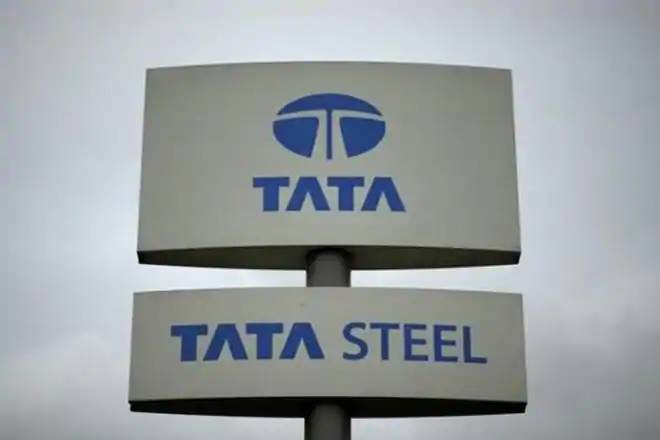Tata Steel’s standalone net debt for the full year ended March 2019 more than trebled to Rs 28,471 crore, from Rs 8,769 crore a year ago, because of a decrease in current investments along with cash and bank balances. The company witnessed a net decrease in cash and cash equivalents of Rs 4,044 crore for 2018-2019, against a net increase of Rs 3,684 crore in the previous year, according to the 112th annual report for FY19.
The standalone net debt to equity increased 0.42 times during the year against 0.15 times in the full year ended March 31, 2018, which was primarily on account of a significant decline in cash and bank balances and other liquid investments.
Higher gross debt and decrease in current investments, cash and bank balances, mainly at Tata Steel standalone business, pushed up the net debt at a consolidated level. On a consolidated level, the net debt was higher by Rs 25,664 crore, or nearly 37%, and stood at Rs 94,879 crore, against Rs 69,215 crore in the previous year. The gross debt at over Rs 1 lakh crore was higher by Rs 8,669 crore over the previous year.
According to the annual report, the increase in gross debt was mainly on account of proceeds from borrowings (net of repayment) by Rs 8,340 crore along with exchange impact on translation being Rs 345 crore. The increase in borrowings was mainly at TSBSL (Tata Steel Bhushan) and Tata Steel standalone, partly offset by decrease at Tata Steel Europe and Singapore-based entities.
The company’s net debt to equity at a consolidated level increased to 1.42 times against 1.37 times in the previous year.
The company said its liquidity position remains strong at Rs 15,284 crore as on March 31, 2019. However, it more than halved from Rs 36,320 crore as on March 2018.
During the year, Tata Steel on a consolidated level spent Rs 9,091 crore in capex, compared with Rs 7,479 crore spent on capital projects across India, Europe and Canada for the year ended March 31, 2018. Previous year’s spends also included South-East Asia business, which Tata Steel has announced its exit from in January this year.
In a note to the shareholders, the management said during the first half of FY19, the gross debt level at Rs 1,18,680 crore was at its peak owing to the acquisition of Bhushan Steel (Tata Steel BSL), but it took steps to deleverage the balance sheet at the Tata Steel group level to the tune of Rs 17,864 crore, bringing down the gross debt.
“Despite some stress in the domestic debt markets, we extended our debt maturity profile by successfully raising Rs 4,315 crore through non-convertible debentures with a maturity of 15 years. We also put in place a 12-year take-out financing for Rs 15,500 crore at Tata Steel BSL,” the company said.

